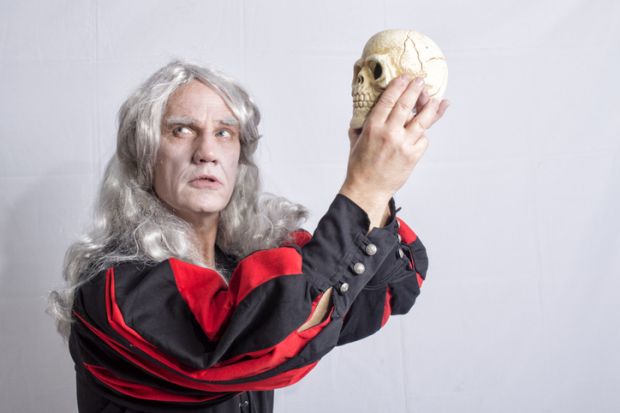When dramatic change takes place, it is inevitable to ask questions about identity. Covid-19 has certainly provoked us to ponder “Who are we now?” after we’ve been forced to adapt to online learning and teaching approaches almost overnight, pushing most of us to our limits.
Previously, live lectures allowed chats before and after lectures – interactions that we and our students thrive on. Now, our lectures are often pre-recorded, scripted, bite-size and accessible for students on demand. Scripting and recording lectures in such a format requires different skills and technical videography know-how for editing.
In addition, pre-recorded lectures need to be supported by narratives and instructional activities embedded in the virtual learning environments. Narratives are crafted to provide context but also help motivate students to continue learning. Scaffolding learning in such a way was often supported by learning designers or educational content editors, but now we are expected to take on these tasks ourselves.
Developing a creative academic voice to support learning and teaching in a written format takes time. Unfortunately, we had to expedite this process to recognise and develop our voice in a matter of weeks rather than years.
THE Campus resource: online tools to boost engagement
A survey conducted at Surrey Business School in early December 2020 to evaluate the use of Active Digital Design, a philosophy and methodology rolled out across the school to support hybrid education, showed that colleagues found the writing of narratives and having a creative academic voice fit for learning and teaching the most challenging aspects. (Particularly difficult were linking and aligning pre-recorded lectures, along with contextualising instructional activities.)
Earlier research centred on blended learning also showed that such narratives need to be complemented with visuals to help students orient themselves. Visuals include overview module maps, weekly concept maps and learning icons to emphasise important tasks (such as assessment activities). Module maps are particularly popular with students, as they help them to make connections not only between complicated concepts and theories but also topics taught in the module.
Creating such visuals is usually done by graphic designers with an eye for aesthetics and art and an ability to think creatively about a topic, whereas academics found it challenging to create high-quality maps. They did, though, acknowledge that students highly rate the use of visuals. In fact, 87 per cent of students surveyed at Surrey Business School asked for a continuation of these visuals in the future.
However, online learning and teaching do not stop here. It is hugely important to also offer live online sessions, but these are now streamed from home, in our personal and private spaces, which are not neutral and not set up for camera delivery.
To overcome this issue, we are encouraged to use branded backgrounds to simulate the professional environment. In some cases, academics have bought green screens and high-quality cameras and microphones to ensure that the home space becomes a neutral learning and teaching space.
Most of the time we deliver these sessions seated, as opposed to standing up, and with a camera framing our face. Close-up views can be intimidating, capturing intentional and unintentional facial expressions at any time, highlighting our vulnerability.
In addition, clear pronunciation and speech speed are key to ensuring that necessary captions are recorded as accurately as possible (this is also the case for recording lectures), adding another layer of complexity to our delivery. Actors are probably more familiar with these techniques, and warming up of vocal cords and facial muscles are common ways to get into the acting “zone” and avoid unintentional expression or sounds.
But we are not trained actors; we are not trained learning designers, graphic designers, videographers or content editors – we are academics with a love for learning and teaching.
THE Campus resource: guiding students through each stage of an online course
It is clear that delivering online learning and teaching has transformed who we are and there is no way we can go back and ignore what has happened, nor should we. Maybe we need to cut ourselves some slack and embrace the fact that academics in higher education are agile, innovative and adaptable.
We might have struggled, we might have been pushed to our limits, but we have learned so much. We have acquired new knowledge, shared practices and adopted new skills for the benefit of our students with the goal of continuing to deliver quality learning and teaching for future generations.
We have evolved into something new, something more − a new kind of academic equipped to meet the challenges of a crisis and beyond.
Christine Rivers is the interim director of learning and teaching and co-director of the Centre for Management Education at Surrey Business School. Anna Holland is the interim deputy director of learning and teaching also at Surrey Business School.
Register to continue
Why register?
- Registration is free and only takes a moment
- Once registered, you can read 3 articles a month
- Sign up for our newsletter
Subscribe
Or subscribe for unlimited access to:
- Unlimited access to news, views, insights & reviews
- Digital editions
- Digital access to THE’s university and college rankings analysis
Already registered or a current subscriber? Login









